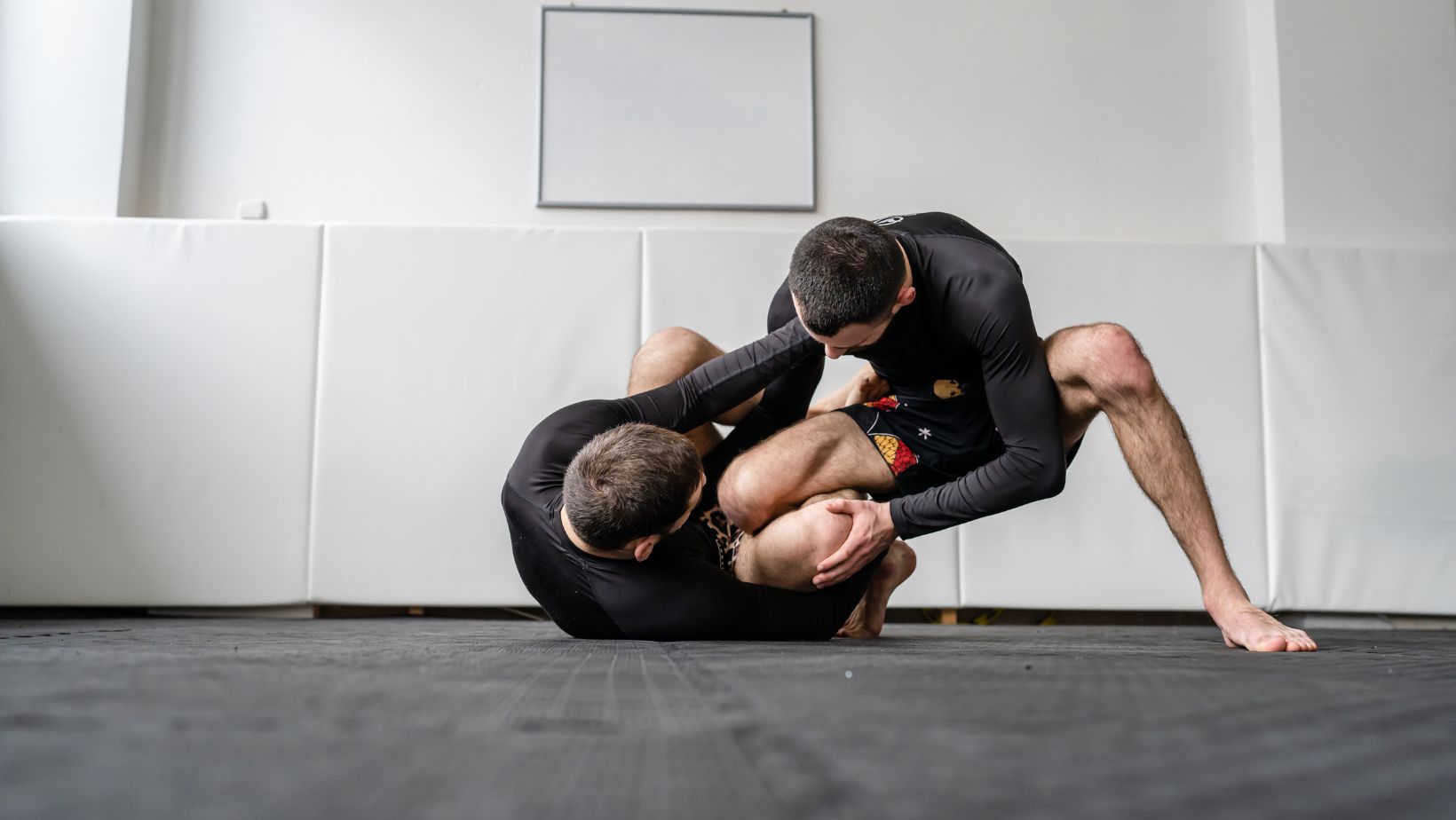Brazilian Jiu Jitsu…its history, a richly woven tapestry, began with the origin of Kodokan Judo, a Japanese martial art which focuses on the most optimal and efficient use of energy to best larger, stronger opponents.
Kodokan Judo’s origins can be traced as far back as 1882 when Japanese martial artist Kano Jigoro Shihan studied, mastered and combined classical Jujutsu styles such as Tenjin Shinyo-ryu and Kito-ryu, as well as other combative techniques. A frail youth, Kano Jigoro incorporated what he felt were the most advantageous aspects of each, transforming them into more practical physical techniques which better served those of a smaller stature.
Kano Jigoro taught his very practical martial arts applications and methodology to Japan’s youth through physical education training programs, after which he traveled throughout the world presenting lectures and demonstrations.
Kano Jigoro’s instruction included that of Tamita Tsunejiro, who trained Mitsuyo Maeda, one of Kodokan’s top groundwork experts. Maeda trained and sparred with boxers, wrestlers and savate (French kickboxing) fighters throughout many countries, finally landing in Brazil in the early 1900s.
Here’s where the story gets even more interesting! A man named Gastao Gracie, who was an Italian-Argentinian circus business partner, brought his eldest son Carlos to watch a Kano Jiu Jitsu demonstration by Maeda. Intrigued by the performance, Carlos Gracie became a pupil of Maeda in 1917 and his younger sibling, Helio, subsequently became involved in the sport and its training.
Helio Gracie, however – much like Kano Jigoro – was of a slighter physical build than many of his sparring opponents. The result – again, much like Kano Jigoro – was his incorporation of more leverage and ground fighting than the use of throws to better serve smaller, weaker fighters.
This pragmatic adaptation of Kano Jiu Jitsu became known as the revered Gracie Brazilian Jiu Jitsu we know today. The Gracies traveled to the United States, sharing this divergent martial arts technique which uses grappling, holds and submissions and promotes physical preparedness as well as a sharpening of the mind and spirit to subdue opponents…and although Brazilian Jiu Jitsu utilizes many of the most efficient moves in Judo and Jujutsu, Brazilian Jiu Jitsu is its own distinct fighting technique.
Chokeholds and joint locks are commonly used in Brazilian Jiu Jitsu to gain a dominant position against a formidable adversary and, contrary to the martial arts mentioned above, which are scored higher when throws are successfully landed, the object of Brazilian Jiu Jitsu is to force your opponent to the ground to win. Additionally, heel hooks and knee reaping, which are not allowed in Judo, may be used in Brazilian Jiu Jitsu.
Brazilian Jiu Jitsu rose to global prominence with the fame brought about by the rise of the Ultimate Fighting Championships which were co-founded by Rorion Gracie and kicked-off in 1993. Winning the first and second (and more later, by the way) Ultimate Fighting Championships, Royce Gracie used Brazilian Jiu Jitsu to eliminate several larger opponents who used styles including boxing, Karate, wrestling and Taekwondo.
And Brazilian Jiu Jitsu aptitude is certainly not limited to men. Since the mid-80s, women have been gaining a stronger presence in Brazilian Jiu Jitsu. In fact, Kyra Gracie is one of the women who have earned top billing in this previously male dominated sport. She has won five world championships, three ADCC championships, three Pan American championships and she continues to heighten awareness of women involved in Brazilian Jiu Jitsu.
Today, the Brazilian Jiu Jitsu martial art maintains its position as a fundamental part of well-rounded fight training and its basis is universal to all forms of unarmed, hand-to-hand combat. The philosophy of Brazilian Jiu Jitsu is grounded in the values of gratitude, respect and grace; and while Brazilian Jiu Jitsu athletes are encouraged to perfect their technique and win competitions, they are also taught to win with humility and succeed in life by putting forth those same best efforts and moral principles. The ground rules of Brazilian Jiu Jitsu, including lining up according to rank before and after class and shaking hands or bowing before and after sparring, were also set to instill respect.
Due to its distinguished history, Brazilian Jiu Jitsu has earned its rightful place in the world of sports and among the general population. Strength, conditioning, discipline, self-defense, confidence, teamwork and fun are all core components of Brazilian Jiu Jitsu. Students of Brazilian Jiu Jitsu learn new skills and how to defend themselves and their family. They also gain physical acumen and often make lifelong friends.
The impressive Gracie family lineage perseveres with the respected teachings of the Mission Jiu-Jitsu Academy Brazilian Jiu Jitsu Academy. Mission Jiu-Jitsu Academy Mission Viejo Academy was named “Best Martial Arts School of 2022” by the Mission Viejo Awards Program and inducted into the Business Hall of Fame for the last five consecutive years.
At Mission Jiu-Jitsu Academy Mission Viejo, you can learn one of the fastest growing sports in the world from the first Ultimate Fighting Champion in the world – lead Instructor Marcelo Lucena. Born and raised in the birthplace of Brazilian Jiu Jitsu, Marcelo rose through the ranks of this prestigious sport with its largest legends. When he is not busy training the students of the Mission Jiu-Jitsu Academy Mission Viejo academy, Marcelo continues to compete at a Black Belt Master level in tournaments including the International Brazilian Jiu Jitsu Federation World Master in Las Vegas.
If you are interested in learning more about Brazilian Jiu Jitsu, you can call the Mission Jiu-Jitsu Academy Mission Viejo Academy at 949-400-7108, email ralphgraciemv@gmail.com or visit us at our convenient location: 26861 Trabuco Road #H, Mission Viejo, California.




